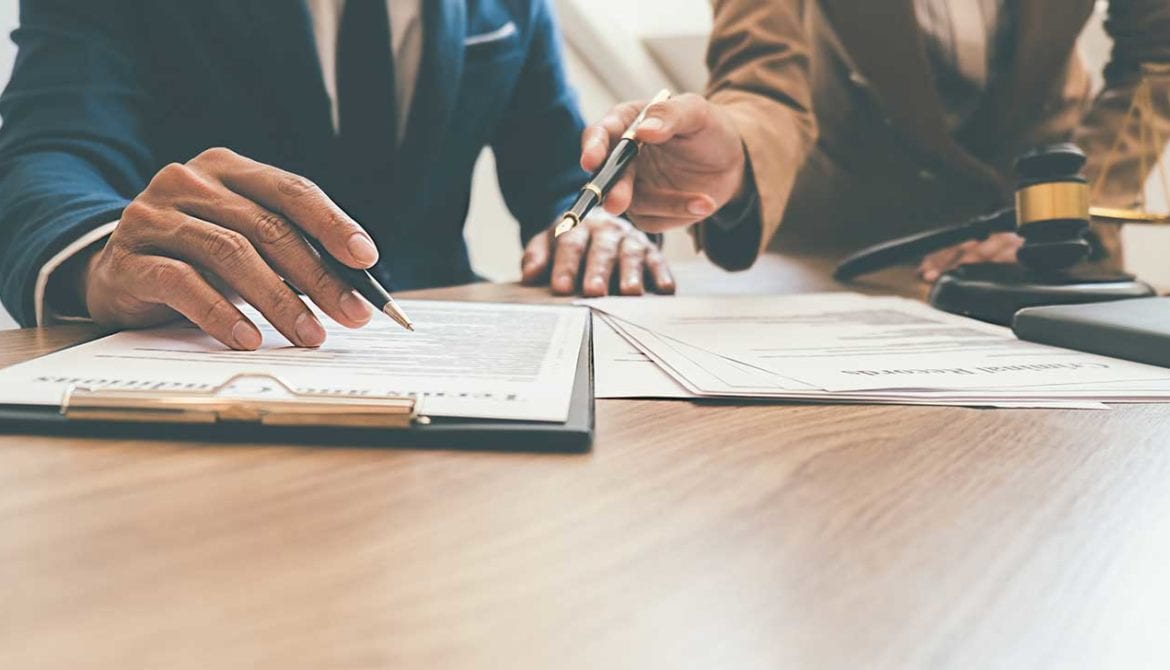
If you have suffered injuries in an accident, because of a defective product, or for another reason related to someone’s negligence, you probably have many questions. How do you get started? How much money can you get in damages? How long will it take? There is much more to personal injury cases than lawsuits. Most of them end with a settlement long before they might go to trial. Personal injury lawyers know many ways to obtain compensation for their clients. Here are the most common ways they do it.
Damages in personal injury claims
In order to demand damages from a defendant, you must state what damages you have suffered. Your lawyer will gather evidence to show your total economic and non-economic damages. Economic damages consist of the financial losses have incurred, and will incur, such as medical expenses and lost wages. Non-economic damages, including pain and suffering and emotional anguish, show the impact of the defendant’s negligence on your well-being.
Insurance settlement
In many types of personal injury claims, the party who is allegedly at fault has insurance coverage. Auto insurance covers drivers in auto accident cases. Homeowner’s or business liability insurance covers slip-and-fall claims and other injuries that occur on someone’s property.
A lawyer can present a claim to the insurance provider. An insurance adjuster will either reject the claim or make a settlement offer. From there, the lawyer and the adjuster can try to negotiate a settlement.
Lawsuit settlement
If insurance is not available, or insurance negotiations are not successful, the lawyer can then file a lawsuit against the allegedly responsible party (now known as the defendant). At any point during the litigation process, the opposing parties and their lawyers can work out a settlement.
Alternative dispute resolution
Courts in Ohio are more than happy for litigants to use alternative dispute resolution (ADR) since it frees up court resources. Two common forms of ADR are:
- Mediation, in which a neutral mediator guides the parties through negotiation in order to reach a settlement
- Arbitration, in which one or more neutral arbitrators conduct a proceeding that resembles a trial, but with fewer formalities. If the parties agreed to it in advance, the arbitrator’s decision could be binding.
Trial, verdict, and judgment
If all else fails, the parties can go to trial. This process can take years, since it requires gathering evidence, deposing witnesses, obtaining expert reports, and waiting for space on the court’s docket. Depending on how complicated your case is, the trial itself could take one day or it could take months.
At the end of the trial, a judge or jury will decide whether or not the defendant is liable for your injuries. If they rule in your favor, they will determine how much to award you in damages.
If you have questions about an injury or accident, the personal injury attorneys at Spitler & Williams-Young are available to advise you of your rights and options. Please contact us today at [email protected] or 419-863-2211.
Sources
What Are the Steps to Recover Damages in a Personal Injury Lawsuit?
What Can You Sue For in a Personal Injury Case?
Do I Need to File a Lawsuit to Recover Damages from a Car Accident in Ohio?